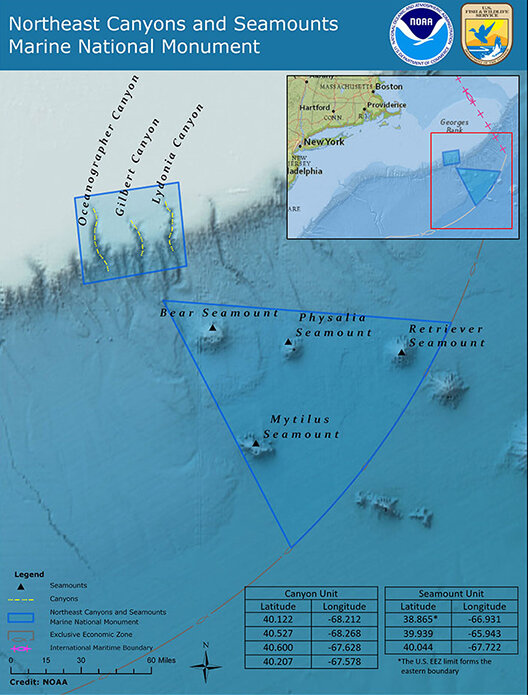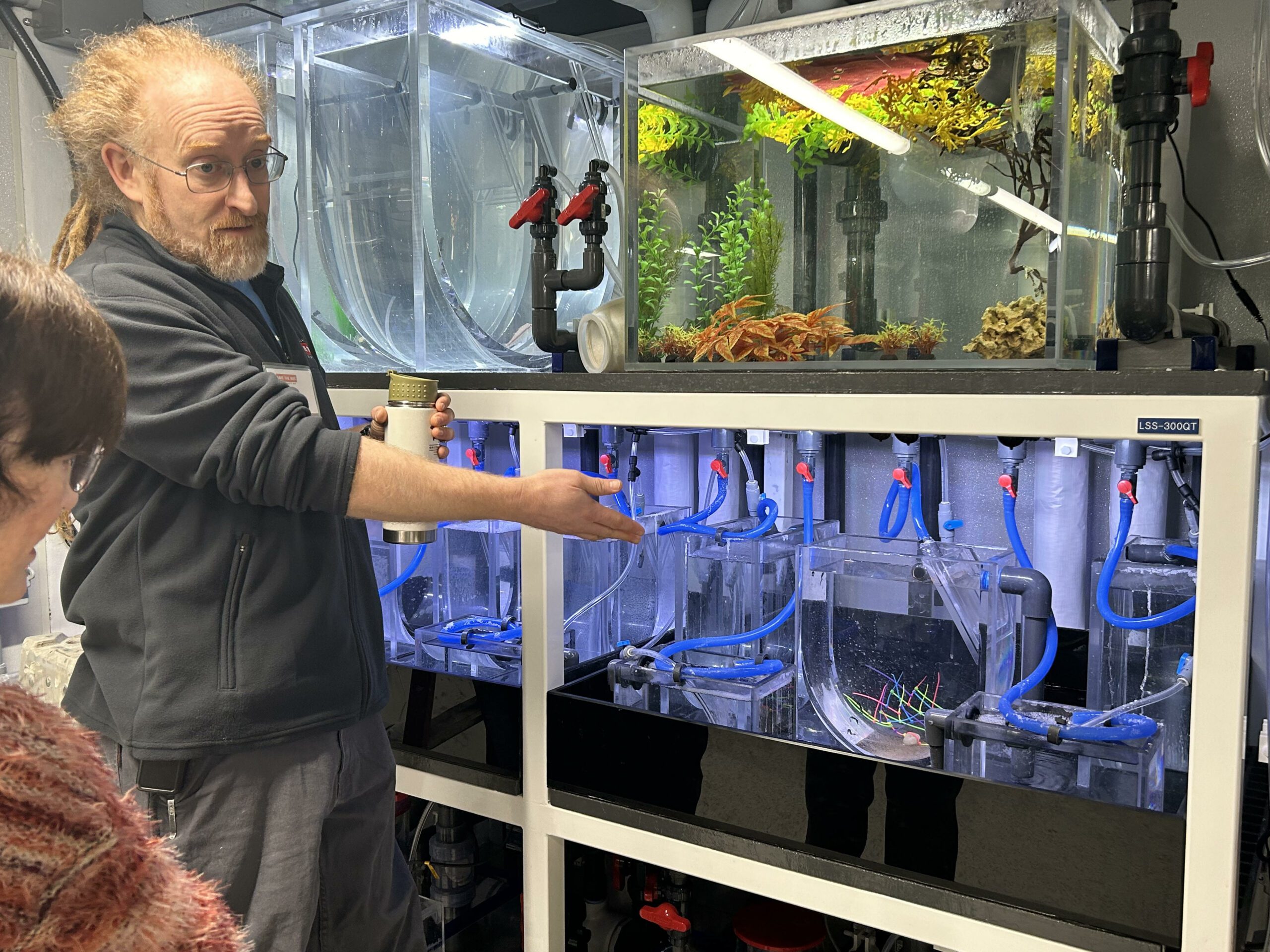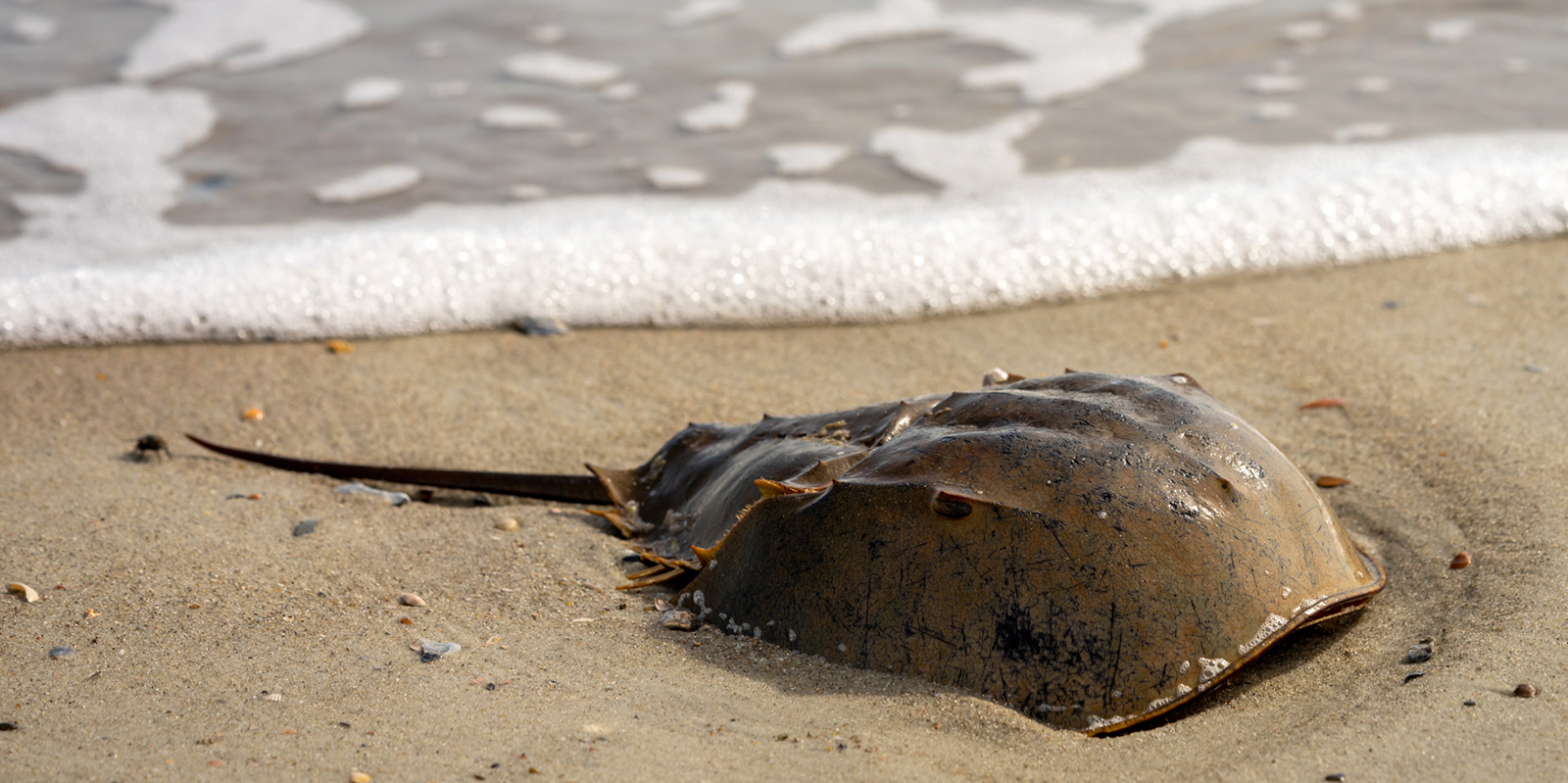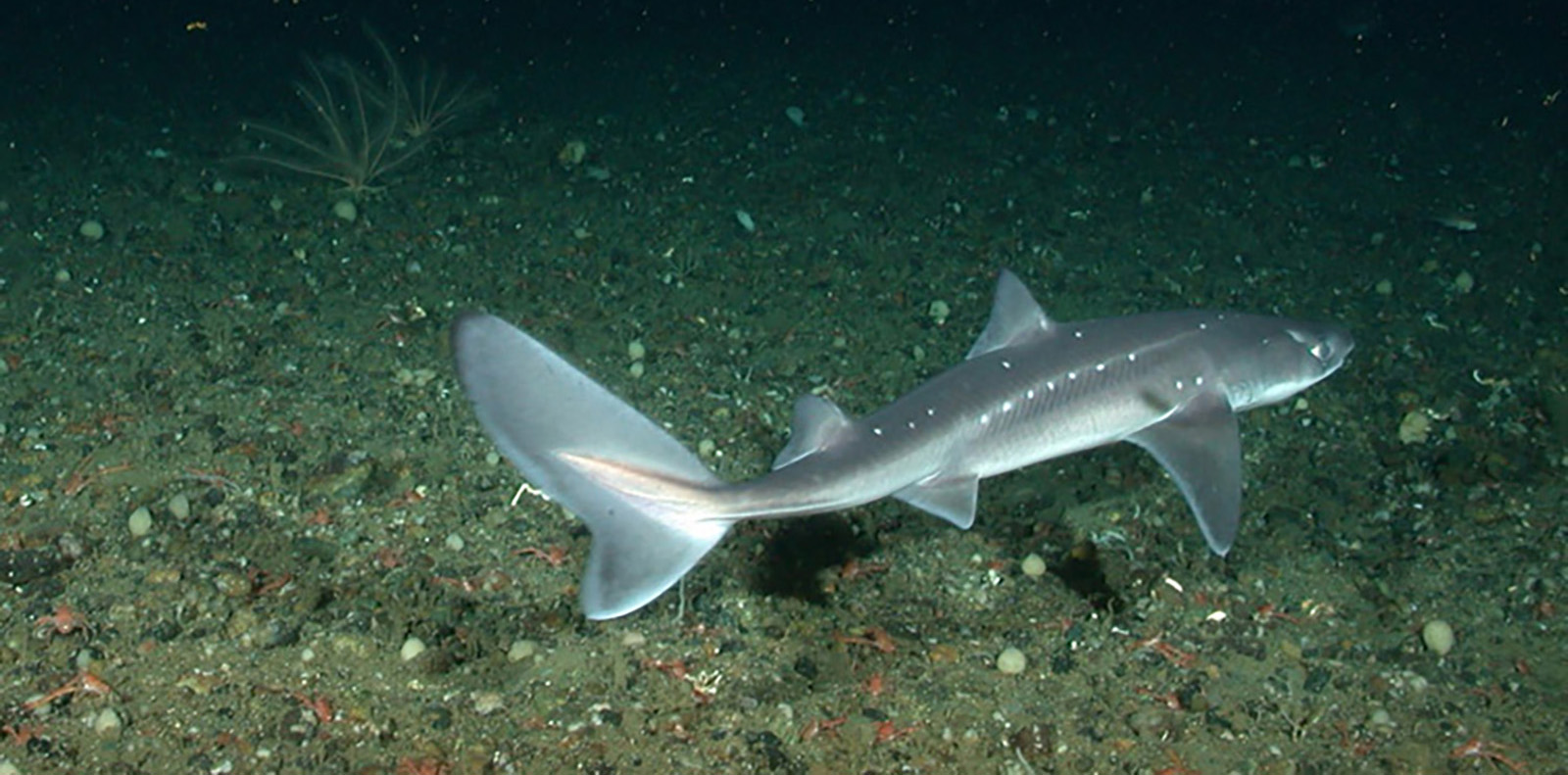Aerial Survey of Marine Monument Finds Rare Species
December 23, 2019
A team of scientists from the New England Aquarium has been conducting periodic aerial surveys of the Northeast Canyons and Seamounts Marine National Monument, some 130 miles off Nantucket, and has documented an impressive list of marine mammals and fish that illustrates why conservation organizations have been advocating for its protection for years.
A late-October survey, for instance, documented three species of rare beaked whales, three kinds of baleen whales, four species of dolphins, several ocean sunfish — the largest bony fish in the world — and two very unusual Chilean devil rays.
“We’re out there documenting what’s out there to show that the area is important and should continue to be protected,” said Ester Quintana, the chief scientist of the aerial survey team. “Every survey is different, and you never know what you’re going to see, so it’s always exciting.”
The beaked whales were particularly notable, since they are rare and difficult to observe. Beaked whales are deep-diving species that can remain under water for more than an hour and only surface briefly to breathe.
“If you’re not at the location where they come to the surface, then you’re not going to see them,” Quintana said. “There are probably more of them out there that we were just not seeing.”
The survey team observed two Cuvier’s beaked whales, three Sowersby’s beaked whales, and four True’s beaked whales, the latter of which hadn’t previously been documented in the 4,900-square-mile monument during an aerial survey, though a ship-based group of researchers from the National Oceanic and Atmospheric Administration had seen several there last year.
Also observed were large numbers of Risso’s dolphins, plus groups of bottlenose dolphins, common dolphins, and striped dolphins, along with nine fin whales, two sperm whales, and one humpback.
“We didn’t see many individual whales, but that’s just the difference between an October survey and the surveys we’ve done in the summer,” Quintana said.
Of special note were the two Chilean devil rays observed, the first time Quintana had ever seen the species.
“Last year we saw a big manta ray, which was a surprising sighting because we were unaware that they could be sighted this far north,” she said. “So when we saw the Chilean devil ray at the site, it was another unexpected ray. They’re not that uncommon, but in the seven surveys we’ve conducted, it was the first we saw at the monument.”

Chilean devil rays can swim about a mile deep, and since they don’t have to come to the surface to breathe, it’s unusual to see them.
The survey team flies transect lines back and forth over the three underwater canyons in the monument — Oceanographer Canyon, Gilbert Canyon, and Lydonia Canyon — with most of the wildlife observed at Gilbert and Lydonia canyons. As soon as team members observe wildlife to document, they depart from their transect and circle the animal to identify and photograph it. The plane is equipped with a belly camera that takes photographs every 5 seconds during the survey in case the two observers miss anything.
Quintana said the team was unable to survey the waters around the monument’s four seamounts (underwater mountains), because those sites are farther away and their small plane can’t carry enough fuel to reach them.
The wide variety of marine life observed during the survey are attracted to the monument because of its diversity of habitats.
At a lecture last February describing the monument, Peter Auster, senior research scientist at Mystic Aquarium, said: “Those canyons and seamounts create varied ecotones in the deep ocean with wide depth ranges, a range of sediment types, steep gradients, complex topography, and currents that produce upwelling, which creates unique feeding opportunities for animals feeding in the water column.”
The Northeast Canyons and Seamounts Marine National Monument was designated by President Obama in September 2016. It’s the only marine national monument in the Atlantic Ocean. Early in President Trump’s administration, he threatened to revoke the site’s designation, despite uncertainties as to whether he could legally do so. Those threats triggered efforts by conservation groups to document the value of the site to wildlife.
The next aerial survey by the New England Aquarium team will take place as soon as the weather cooperates. Conditions must be calm to allow for a safe flight and smooth seas so conditions are optimal for observing marine life.
“We’ve never done a survey in the winter because it’s hard to plan one because of the weather,” Quintana said. “No one has ever done a survey there in the winter, so we don’t know what to expect once we get there.”
Rhode Island resident and author Todd McLeish runs a wildlife blog.



